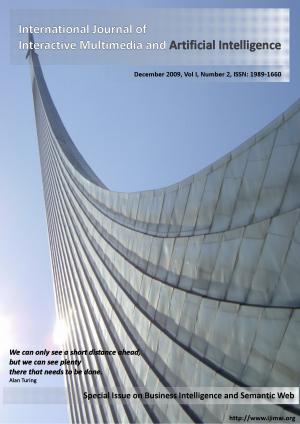- Year: 2009
- Vol: 1
- Number: 2
The key concept of "business intelligence" surround a set of techniques, procedures and tools focused to achieve competitive advantages in enterprises. Latest business intelligence technologies put forward new theories that prove the use of BI on core value-adding processes can directly improve business performance and value creation. These theories cover the design and implementation of infrastructure, processes, and best practices for warehousing, integrating, reporting, and analyzing business information. Following these theories, the leading research companies in business intelligenceoffers a broad portfolio of tools and applications designed to help companies to optimize business performance by connecting people, information, and businesses across complex business networks.
Currently research studies discover new scenarios of successful BI integrations using semantic web technologies in order to help to deploy business intelligence applications that allowed companies to manage revenue delivery and reduce costs. With the advance of the Semantic Web and its related technologies, many novel solutions are proposed to turn raw data into usable knowledge and allow the information to be shared and reused across application, enterprise, and community boundaries. This trend make traditional information systems facing new challenges to be intelligent by building and consuming the explicit semantics of the heterogeneous source data. The underpinning standards and programming environments are already in place to be used by scientists and engineers in constructing the next generation intelligent systems. Research and development, ranging from strategies, technologies, frameworks to tools, are required to make the behaviour of information discovery, classification, and interpretation with semantic intelligence.
Following the new wave of these theories, we have decided create this special issue that is focused mainly in three areas: business intelligence, semantic web mining and BI interactive interfaces. Most relevant research studies and IT business cases received has been selected and published.
We hope receive more contributions from IA and multimedia researchers, in order to open and extend future next issues of the journal.
Finally, we would like to thank all unselfish contributions made by the members of editor's council
Electronic File Download
IJIMAI20091_2.pdf3.72 MB

